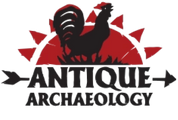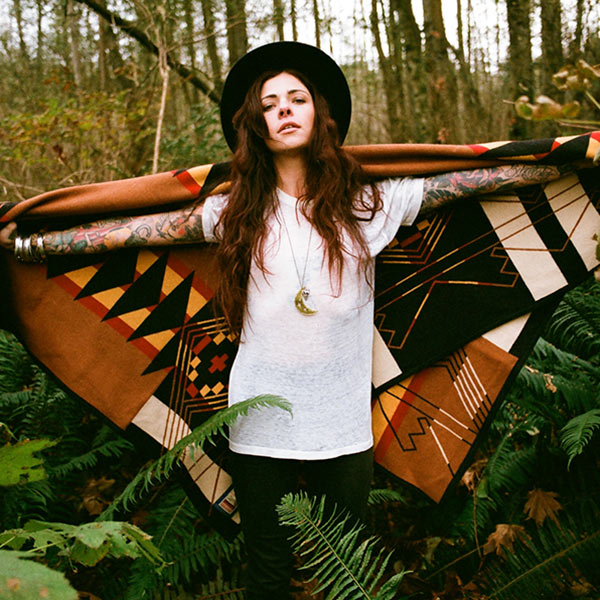WALLDOGS — THE ARTISTS BEHIND GHOST SIGNS


The comeback of nostalgic advertising in small town USA
You know — those extra large, faded advertisements for brands like Mail Pouch Chewing Tobacco and Coca-Cola you see flaking off the side of brick buildings and barns? That art you’re admiring is actually a major piece of American advertising history known as ghost signs– the remains of a hand-painted brick ad that was big enough to catch the attention of travelers and consumers alike to buy American products like King Midas Flour, Maxwell Coffee, and Owl Cigars.
Painted decades before the Great Depression, brick ads were considered the main advertising platform beginning in 1890. (The same year W B Purvis submitted his patent for the fountain pen.) But, whoever’s steady hand was behind these sky-high signs surely used something stronger than a delicate fountain pen to bring them to life. It took lead paint, brushes, and the grit of the All-American Walldog.
It’s an appropriate nickname given to the uncredited, commissioned artists who worked like dogs under the scorching sun and against the frigid air for 10 hours a day. Tethered to their canvas high above the ground, the painters dangled off the side of the building balancing their brushes and buckets of paint. Wall. Dogs. Makes sense right? Their flawless paint strokes produced the brick ads we see today up until the 1960s when neon signs became more relevant. It has been about 100 years since this advertising style was relevant, but folks like Scott Lindley are here to proclaim ghosts signs are back from the dead.
In a century bombarded with flashy emblements, pop-up ads, and commercials, brush-to-brick advertising is making a comeback thanks an organization called The Walldogs. As its event coordinator and a decade-long Walldog himself, Scott’s mission is to help get The Walldogs work again by painting the unique history of small towns across America one wall at a time. Scott’s goal turned reality by Nancy Bennett, who organized the very first Walldogs meet up in Allerton, Iowa in 1993.
“Walldogs are above everything else, storytellers,” proclaims Scott. “We say that the first Walldog was a caveman. Just sitting there in his cave painting on the wall the events of his day. The Caveman started this movement of painting pictures of the past!”

So far, more than 300 Walldogs have painted 548 brick ad murals in 26 towns across America and counting. Scott fulfills Walldog requests submitted from communities coast-to-coast that need a shot of life and have a story to share. Once a town is selected, The Walldogs dive into their history and begin to collaborate with the community on sign designs. The one rule they have: no commercial murals. Walldogs insist on only painting historic event murals and advertisements for businesses that don’t exist anymore but had a hand in the town’s history. When everything is ready to go, Scott makes a call to Nova Color, an American made long-lasting acrylic paint company in California, and they get to work.

“When we come to town, we average about 100 to 200 people per project,” explains Scott. “While many professional Walldogs are on site, there are loads of volunteers who want to be a part of the action, too. That means between seasoned Walldogs and untrained volunteers, art students, and more these murals showcase multiple influences and styles. It boosts confidence and turns folks into Walldog junkies after they dip their first brush.”

It’s interesting to see how the reputation of a Walldog has evolved because back in the early days they simply showed up, painted, and hitchhiked to the next town to earn their next paycheck. Today, it’s more of an honest investment and community project that brings pride to the people.

“Over the years, these events have transformed into more of an education opportunity for folks,” says Scott. “People want to feel like they’re a part of it and we love that. We want to unite friends and neighbors using historic art as the bridge and it has proven to be long-lasting and uplifting.”
Today, brick ad advertising is being recognized for the nostalgia and historic value it adds to buildings and the community. Ever the eager bunch, the Walldogs are currently taking submissions for small towns looking to share their history one wall at a time. And it’s as easy as a Facebook message to Scott.

“The best part about my job is establishing bonds and telling stories,” says Scott. ” It’s addictive because you want to hear them all! After working with a town, I consider myself a part of it. Proud to say that to this day I’ve helped organize 102 murals and that I belong to five communities all around the country and counting.”
Are brick ads making a return to your town or do you know where one is? Tell us about it in the comments below.




